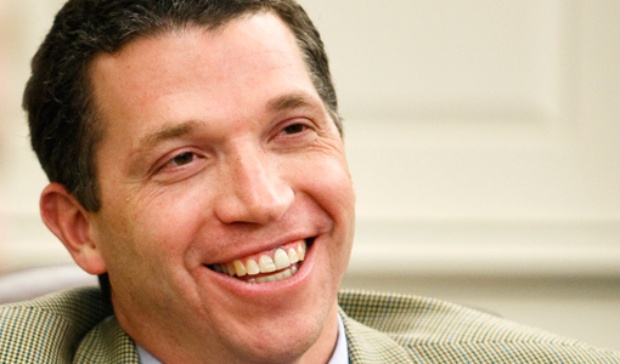“[T]hen the Lord God formed man of clay from the ground, and breathed into his face thebreath of life; and man became a living being” (Gen. 2:7). The process of iconography imitates the words of Sacred Scripture, and the initial stages are taken directly from Genesis. The craft is called “writing” as opposed to “painting” because while the artist relies on creativity, the writer relies more humbly on the guidance of the Holy Spirit. It is in many ways like the task of the theologian, but expressed visually.
Before the retreat, I had already come to appreciate the rich meaning of iconography in one of my graduate classes where I investigated the writings of St. John of Damascus, the Doctor of the Church who defended the veneration of sacred images against the iconoclasts. My wife and I each wrote an icon of Christ the Child, Emmanuel. Our Lord holds a scroll bearing the opening words of the Gospel of St. John, “In the beginning was the Word, and the Word was with God, and the Word was God.”
At first the icon is a simple white board – like the cosmos before Creation, a blank slate. The first step is to etch onto the board the outline of the image, definitively making a mark as God did onto the cosmos. The bright white of the board also symbolizes the Lord’s first creation: Lux sit (Gen. 1:3). Following the etching, the iconographer applies red clay to what will be the halo. Once dried, he then breathes into the clay and immediately gilds it. The symbolism is powerful: as God created the form of man from lifeless clay, He then transfigured man by breathing life into him. The red clay is transformed into radiant gold. In this same way, each stroke of the iconographer’s brush resonates with theological meaning.
For me this experience fulfills what the, fathers of the Second Vatican Council ultimately envisioned for the laity: first, a thoughtful investigation of the patrimony of the Church that has come down to us through the ages; and second, a growing awareness of the profound unity shared by Catholic and Orthodox believers through common expressions of our faith – in a sense, an authentic ecumenism.
Catholic Studies graduate student Michael Adkins and his wife, Cynthia, attended a retreat hosted by the Prosopon School of Iconography at the Abbey of St. Walburga in Virginia Dale, Colo. The retreat consisted of six days of theological study and reflectionas well as the creation of an authentic icon in the Russian Orthodox style.






